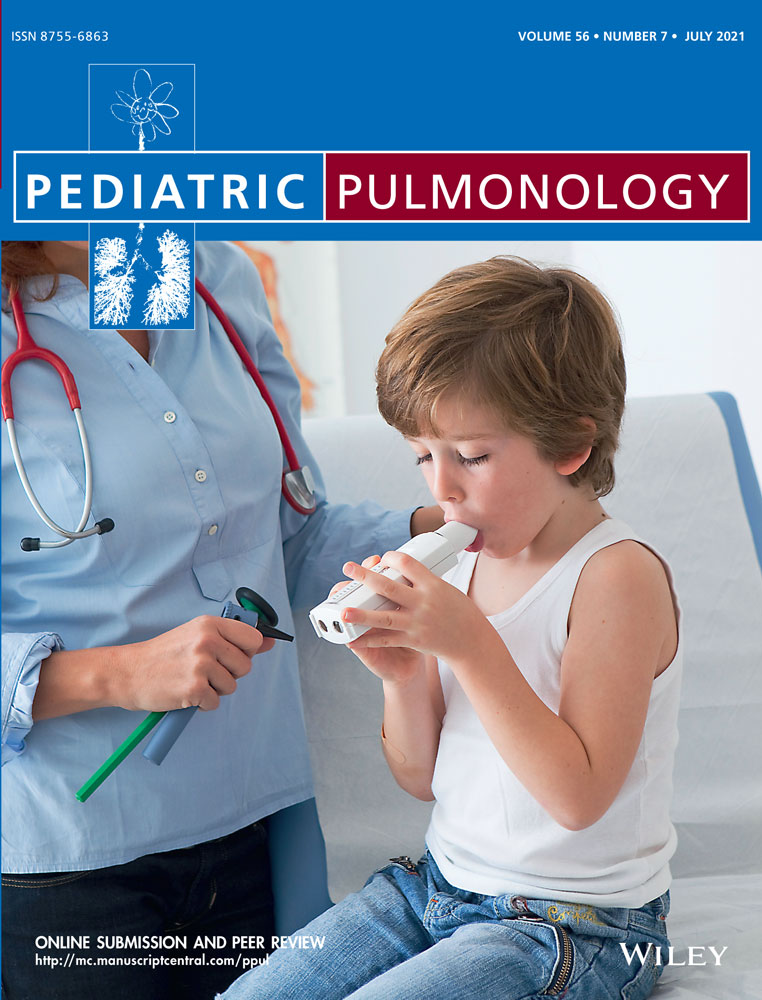Use of proton pump inhibitors is associated with lower hemoglobin levels in people with cystic fibrosis
Abstract
Background
Proton pump inhibitors (PPIs) and histamine H2-receptor antagonists (H2RAs) are commonly prescribed to people with cystic fibrosis (PwCF) to treat gastroesophageal reflux disease (GERD) and/or protect pancreatic enzymes from degradation in the stomach. Acid suppressive medications (ASMs) could theoretically reduce hemoglobin (Hgb) levels by restricting enteral iron absorption, but evidence of an association between use of ASMs and lower Hgb levels is lacking in PwCF.
Methods
We used unadjusted and covariate-adjusted generalized linear mixed models (GLMMs) to estimate the fixed effects of using versus never using ASMs on annual Hgb levels of PwCF in the U.S. Cystic Fibrosis Foundation Patient Registry (CFFPR) from 2011 to 2017.
Results
There were 9850 users and 9007 never-users of ASMs from 2011 to 2017 who met inclusion criteria. Not adjusting for covariates, Hgb estimates were lower for male and female H2RA and/or PPI users versus never-users. Adjusting for covariates, mean Hgb was 0.1 g/dl (95% CI: 0.03, 0.17) lower for males that exclusively used PPIs than it was for male never-users of ASMs (p = .008). Adjusting for covariates, mean Hgb levels were 0.11 g/dl (95% CI: 0.04, 0.18) lower for females that exclusively used PPIs and 0.16 g/dl (95% CI: 0.05, 0.27) lower for females that used PPIs and H2RAs concurrently than it was for female never-users of ASMs (p = .005 and p = .002 for respective comparisons).
Conclusions
Males and females with cystic fibrosis (CF) who used PPIs and females with CF who concurrently used PPIs and H2RAs had lower Hgb levels than never-users of ASMs of the same sex in the CFFPR from 2011 to 2017.
CONFLICT OF INTERESTS
The authors declare that there are no conflict of interests.
Open Research
DATA AVAILABILITY STATEMENT
Data from the U.S. Cystic Fibrosis Foundation Patient Registry used in this study cannot be made publicly available.




